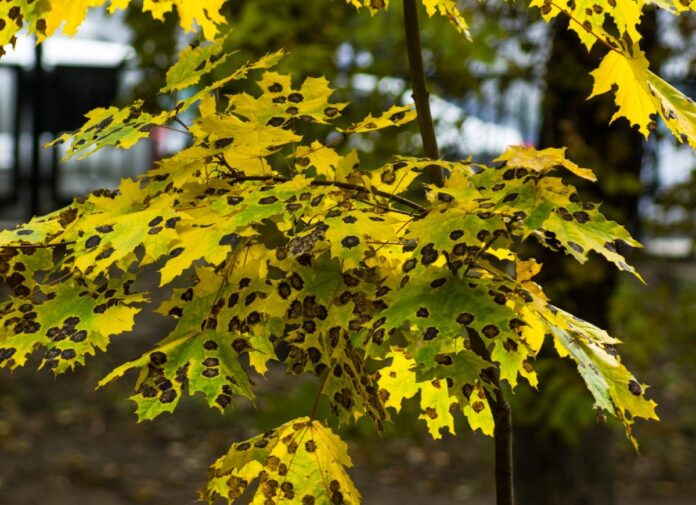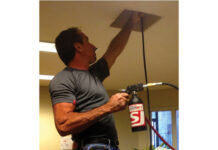When it comes to the health of your trees, don’t wait until it’s too late to take action. If you notice any signs of disease, it’s important to treat the problem as soon as possible. Otherwise, the disease could spread and kill your tree.
There are a variety of tree diseases out there, but some of the most common include Dutch elm disease, anthracnose, and powdery mildew. Each one requires a different approach when it comes to treatment.
In this blog post, we’ll explore some of the most common tree diseases and what you can do to treat them. By taking action early, you can save your trees and keep your property looking its best.
The Importance of Treating Tree Diseases Early
As any gardener knows, trees are an essential part of the landscape. Not only do they provide shade and beauty, but they also play an important role in stabilizing the soil and providing habitat for wildlife.
Unfortunately, trees can also be susceptible to diseases that can cause them to lose leaves, weaken branches, and even die.
While some diseases can be treated effectively, others can quickly spread, causing extensive damage to the tree and surrounding plants.
For this reason, it is important to treat tree diseases early, before they have a chance to cause serious damage.
By diagnosing a disease early and taking steps to control its spread, you can help ensure that your tree remains healthy and vibrant for years to come.
Common Tree Diseases
How to Treat Dutch Elm Disease
Dutch elm disease is a serious threat to trees in North America. The disease is caused by a fungus that lives in the soil and attacks the roots of elm trees.
Over time, the fungus can kill the tree by depriving it of essential nutrients.
Treatment for Dutch elm disease typically involves injecting the tree with a fungicide. This helps to kill the fungus and protect the tree from further damage.
In some cases, it may also be necessary to remove infected trees and destroy them to prevent the spread of the disease.
While Dutch elm disease is a serious problem, it can be effectively controlled with proper treatment.
How to Treat Anthracnose
Anthracnose is a plant disease that can affect trees, shrubs, and herbaceous plants. The symptoms of anthracnose include leaf spotting, blighted leaves, and stunted growth.
In severe cases, the disease can cause dieback and defoliation.
Anthracnose is caused by a group of fungal pathogens that thrive in wet, humid conditions.
The best way to prevent anthracnose is to plant disease-resistant varieties of trees and shrubs.
However, if your plants are already infected, there are a few things you can do to treat the disease.
First, remove and destroy all affected leaves. This will help to prevent the spread of the disease.
Next, water your plants at the base rather than from above to avoid wetting the foliage.
Finally, apply a fungicide according to the manufacturer’s instructions.
Anthracnose can be a difficult disease to control, but with some effort, you can keep your plants healthy and disease-free.
How to Treat Powdery Mildew
Powdery mildew is a type of fungus that can affect a wide range of plants, from annuals to fruits and vegetables.
The telltale signs of powdery mildew are white or grayish patches on the leaves, stems, or flowers of a plant.
While powdery mildew is not usually fatal to plants, it can cause them to become stunted or misshapen.
In addition, the fungus can make it difficult for plants to photosynthesize, which can ultimately lead to death.
Fortunately, there are a number of steps that gardeners can take to treat powdery mildew.
One common method is to mix equal parts water and baking soda and spray the solution onto affected plants.
Other gardeners swear by using a mixture of water and vinegar, while still others prefer to use diluted hydrogen peroxide.
Whichever solution you choose, be sure to apply it early in the morning or late in the evening, as direct sunlight can cause the solution to scorch the plant leaves.
With a little elbow grease and the right treatment, you can get rid of powdery mildew for good.
Taking Action to Protect Your Trees
Tree diseases can be a serious problem, but by taking action early, you can often save your tree. Be on the lookout for signs of disease, and if you notice anything, don’t hesitate to contact a professional. With the right treatment, you could keep your tree healthy for years to come. Thanks for reading!











